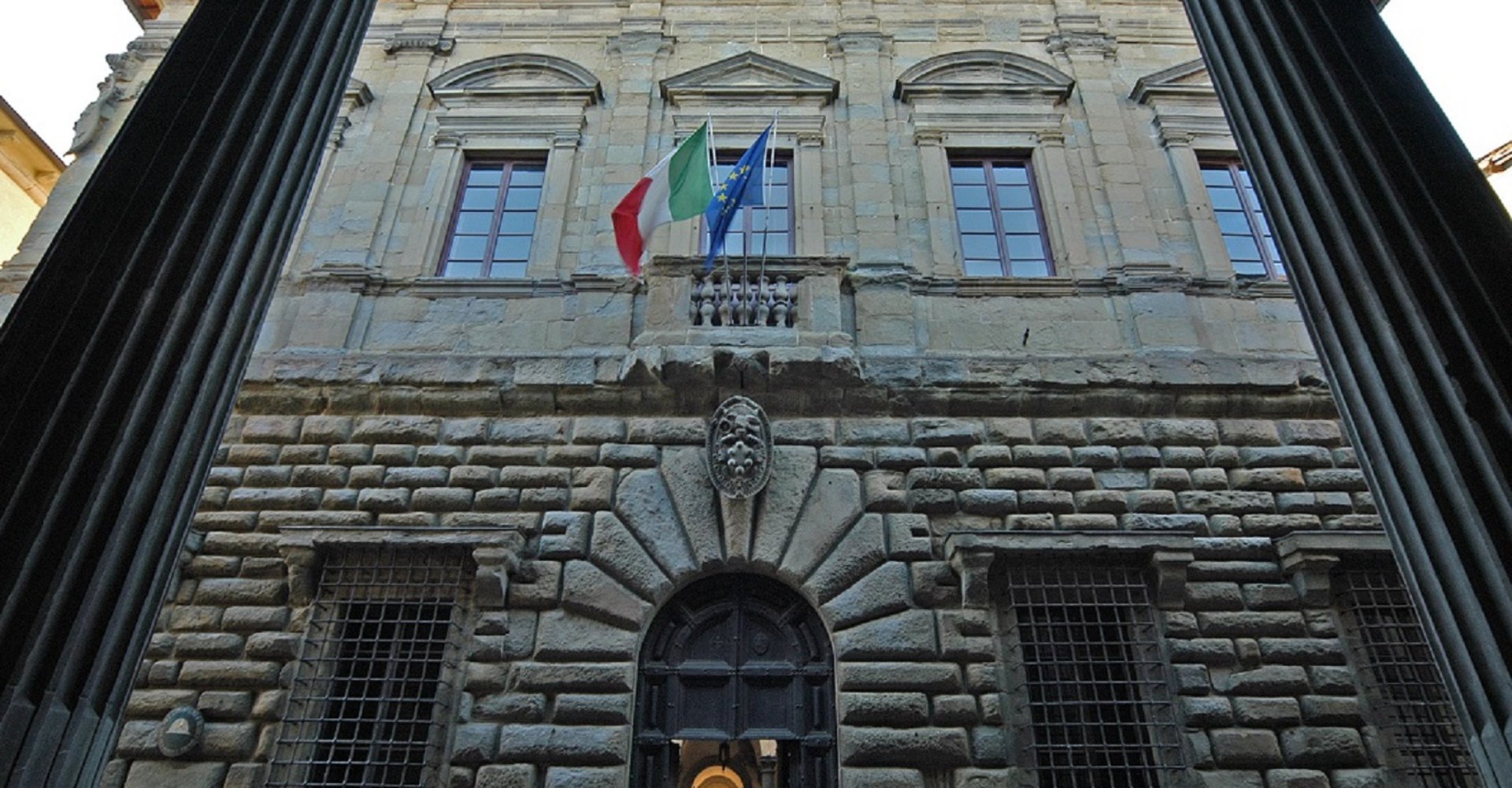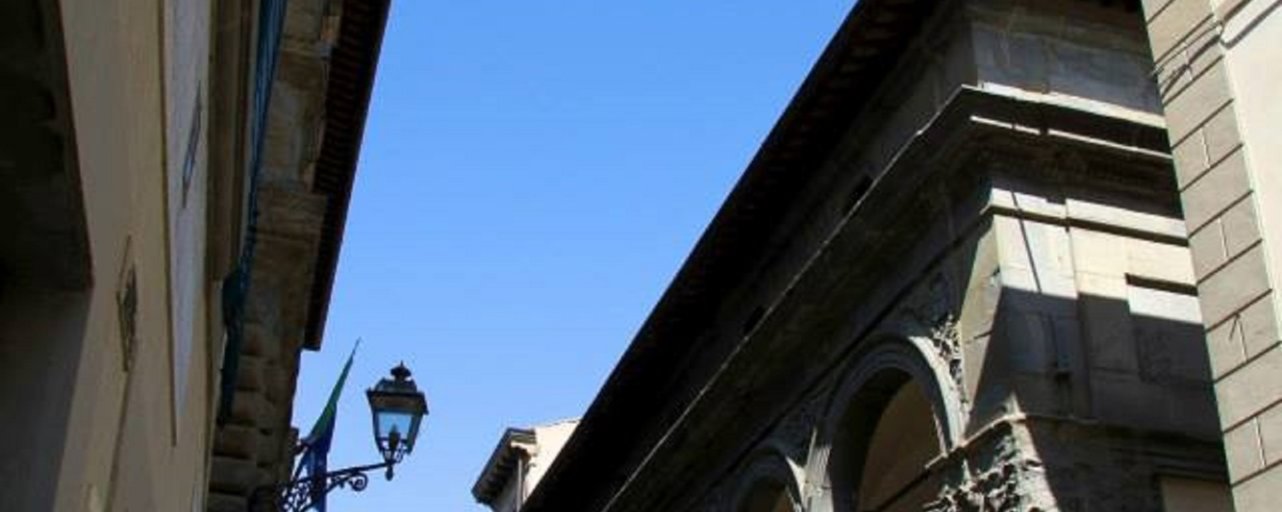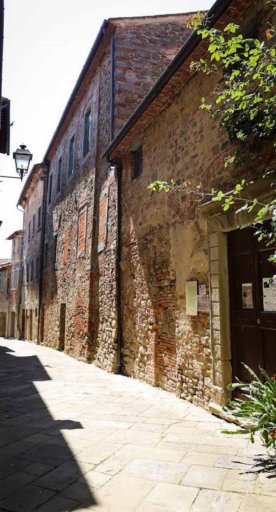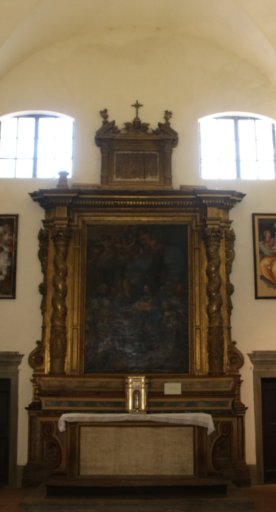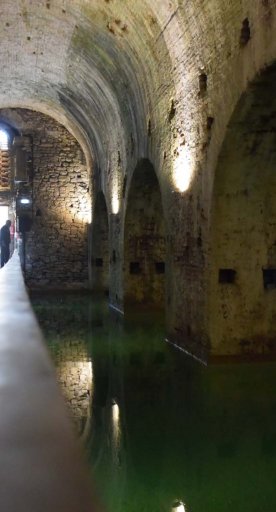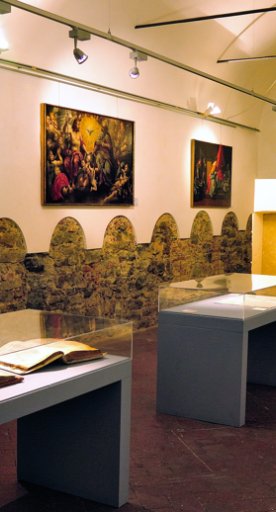Palazzo Di Monte in Monte San Savino
A jewel of Renaissance architecture and art
Palazzo Di Monte (Palace Di Monte), now the seat of the Municipality of Monte San Savino, was founded as the aristocratic residence of the Ciocchi Di Monte family, a house that includes, among its descendants, jurist Fabiano, Cardinal Antonio and especially Pope Julius III.
The building was commissioned in 1500 by Cardinal Antonio to Antonio da Sangallo the Elder, who created the site plan, the main facade on Corso Sangallo and the elegant inner courtyard; after a phase of interruption, work resumed in the mid-16th century during the pontificate of Julius III, by Nanni di Baccio Bigio - who also designed the nearby Logge dei Mercanti - who completed the palace with the rear facade and the beautiful Italian-style hanging garden.
After the Di Monte family extinguished in 1569, after several transitions, the building finally became property of the municipality in 1822; it also housed the local magistrate’s court and public prisons, which were completed in 1824 and can still be visited.
The palace has a main facade of sandstone with ashlar decoration.
Inside is the harmonious rectangular courtyard, formed by a cross-vaulted loggia supported by four corner pillars and six columns with Tuscan capitals.
Past the central pilaster strip, a corridor leads laterally to the old prisons that maintain their original appearance and furnishings; at the end of the corridor, a portal, leads to the terraced roof garden on two levels that also houses an outdoor theater.
The rear facade is simple and harmonious: the two facades make the palace unique, giving it both the austere appearance of a city palace and that of a simple country villa.
On the main floor of the palace is a gallery of official portraits of eminent people from Monte San Savino and rulers of Tuscany; there is also the City Council Room, frescoed in the 19th century with the coats of arms of illustrious families from Monte San Savino, also housing a valuable 16th-century wooden door made by Giovanni da Verona.
